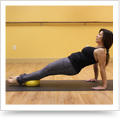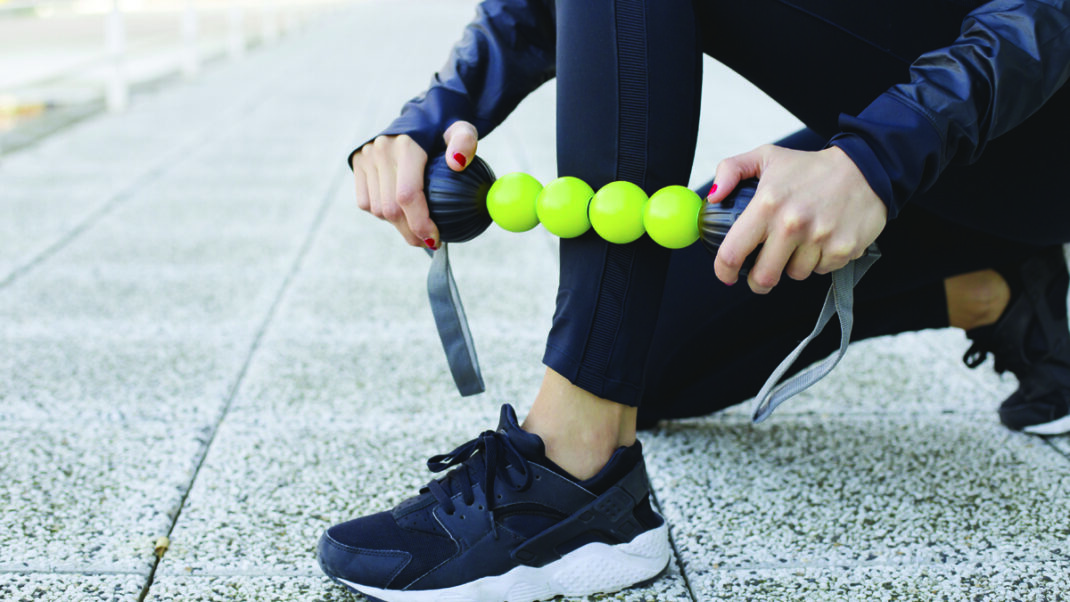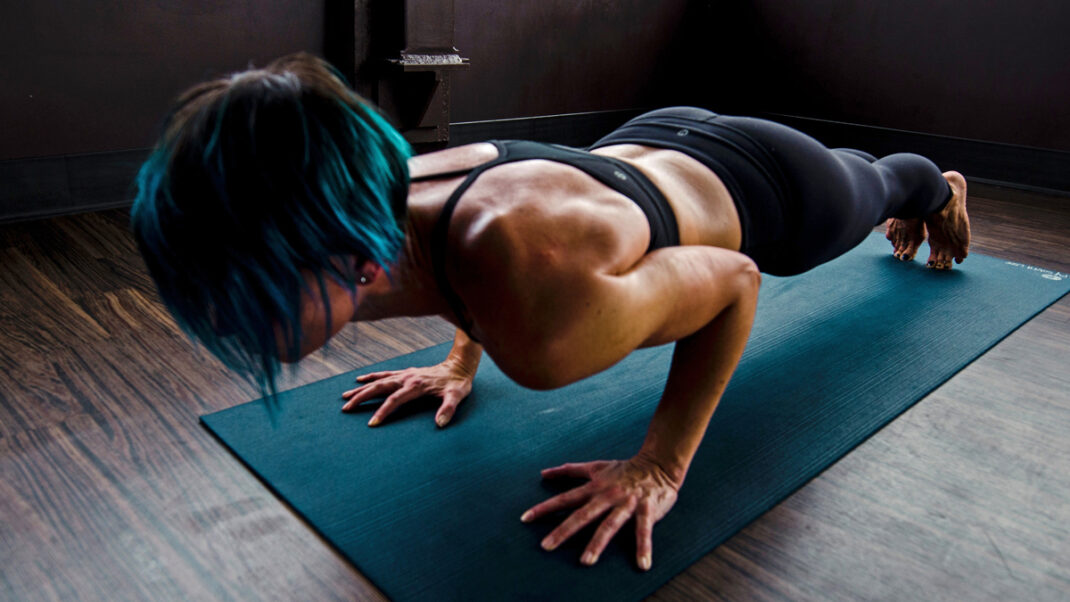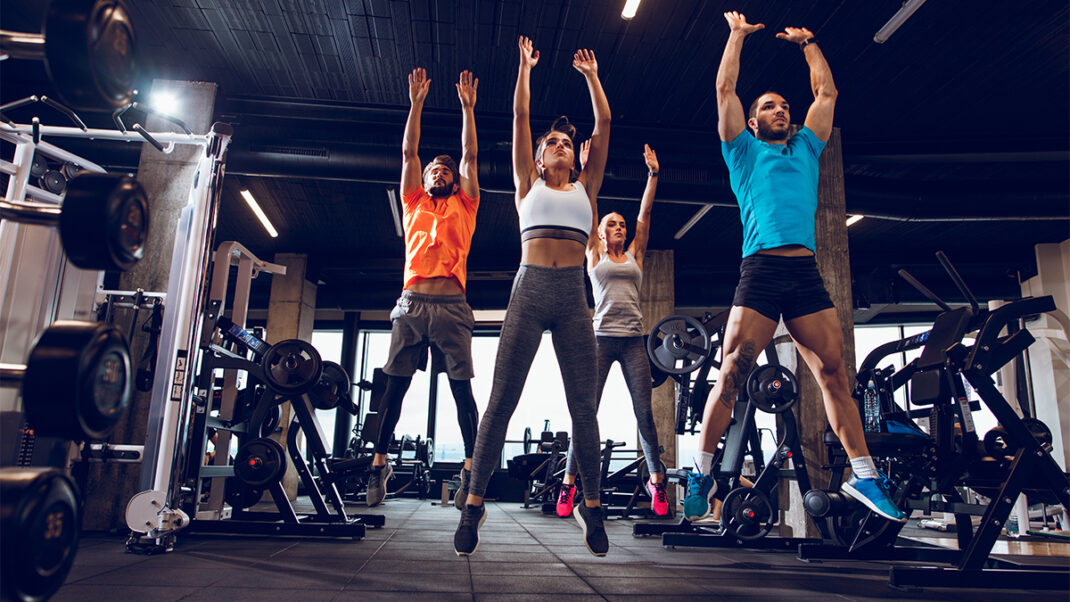Miniball on the Mat: Core Stability Creates Flexibility?
Recreate Pilates apparatus resistance, perturbation and positioning with a miniball.
 Pilates is touted as one of the most successful methods for increasing core stability and flexibility. Several studies have defended these claims, but a 2009 study further supported them when it tested the hypothesis that creating stability locally would create flexibility globally.
Pilates is touted as one of the most successful methods for increasing core stability and flexibility. Several studies have defended these claims, but a 2009 study further supported them when it tested the hypothesis that creating stability locally would create flexibility globally.
Let’s review some general research on the benefits of Pilates, followed by the study on core stability and flexibility. We’ll round out the article with a miniball practice on the mat to put the research into motion.
Research Review
The following research underscores that Pilates has the power to improve strength, control, flexibility and motor learning.
Pilates Increases Trunk Control
Pilates facilitates activation of the transversus abdominis, diaphragm, multifidus and pelvic-floor muscles. This activation, along with the challenge provided by limb perturbation (or in some instances Pilates apparatus movement), contributes to improvements in trunk control and lumbopelvic stability (Phrompaet et al. 2011).
Pilates Increases Flexibility
In addition to core muscle activation, Pilates integrates whole-body, flowing movements into the end range of joint motion without causing discomfort. By incorporating both static and dynamic stretches, Pilates increases flexibility (Bandy, Irion & Briggler 1998; Phrompaet et al. 2011). We can explain this effect with the neurophysical properties of contractile tissue, where a slow stretch activates the Golgi tendon organ, thus inhibiting alpha motor neuron activity and permitting sarcomeres to lengthen (McArdle, Katch & Katch 2007).
Pilates Enhances Motor Learning
Pilates also affects motor learning by requiring clients to pay attention and heighten their awareness; verbal cues and internal and external feedback help with this (Phrompaet et al. 2011). Through repetition and practice, clients adopt new movement sequences that eventually become automatic.
Local Stability creates Global Mobility
A study by Kuszewski, Gnat and Saulicz (2009) explored the hypothesis that increasing stability in the lumbo-pelvic-hip complex would increase hamstring length. The rationale was built on the fact that because of their origin, the hamstrings can provide lumbopelvic stability when the lumbo-pelvic-hip complex is weak. Thus, if lumbopelvic stability improves, the hamstrings should become less stiff and be able to lengthen.
The result of this study was positive. Participants performed two core-strengthening exercises—forward plank on elbows and reverse bridge, both with legs in a sling—twice weekly over a 4-week period. Researchers measured hamstring length before and after the study. The results: Hamstring length increased significantly in the experimental group. There was no change in the control group.
With the promising results of this study, it could be inferred that in addition to the positive effects on core stability, flexibility and motor learning, Pilates may actually improve flexibility through core stability. It does make sense that if the core is stable, the limbs will move, and if the core moves, the limbs won’t need to. This transfers nicely to activities of daily living.
Core stability and body part flexibility are known factors for improving performance and preventing musculoskeletal injury (Panjabi 2003). A lack of core control is a predictor of back problems (Hodges 2001). Thus, incorporating Pilates into a regular fitness routine is recommended; however, it’s important to incorporate specific characteristics in order to gain the benefits.
Miniball on the Mat
Pilates equipment is not always convenient or affordable. Mat work can produce core stability and flexibility benefits; however, it lacks the challenge of resistance, perturbation and positioning produced by Pilates equipment. Therefore, achieving the same progress with mat work alone may be more difficult for the average participant.
Even though the miniball is not a traditional Pilates apparatus, it’s a convenient and economical way to mimic the resistance, perturbation and positioning created by Pilates equipment. It means a simple Pilates mat routine can have a greater effect on the core.
The following miniball exercises specifically target core musculature and encourage both stability and flexibility—all while using a portable and inexpensive piece of equipment. The ball should be less than fully inflated so that it compresses during the exercises. A ball with a softer texture—like the Soft Gym Overball—is desirable. For some of these exercises, a 6-inch foam roller may be used in place of the ball.
Long Stretch
Begin on all fours with pelvis and spine in neutral. Keep shoulders directly over wrists, exhale, and extend legs behind you. Place middle of shins on miniball. Hold plank position while reaching long through top of head, maintaining neutral hip and spine. Inhale: Flex shoulders and glide back over ball. Exhale: Pull shoulders over wrists. Repeat 5–8 times.
Single-Leg Straight Bridge
Lie supine in hook-lying position, spine and pelvis in neutral. Inhale: Place one foot on miniball and extend other leg toward ceiling. Exhale: Lift pelvis and spine toward ceiling. Try to maintain neutral pelvis and spine, moving only at hip joint. Inhale at top, and exhale as you return to start position. Repeat 5–8 times on each side.
Leg Pull
Begin in long sitting position, resting on hands, with fingers pointing toward feet. Place calves on miniball, knees extended and feet in Pilates “V.” Inhale to prepare, and exhale while rolling over miniball, extending hips. Inhale at top, and exhale on return. Repeat 5–8 times.
Bicycle
Begin in supine position with miniball under pelvis. Place ball so it tilts pelvis posteriorly and supports lumbar spine in flexion. Extend legs to tabletop position. Arms are straight above shoulders, reaching toward ceiling. Hold this position as legs move in bicycle motion in both forward and reverse directions. Maintain pelvis and spine positions, and track heels and second toes in line with ischial tuberosities. Repeat movement in each direction for 5–8 repetitions, maintaining flowing Pilates breathing.
Helicopter
Begin in supine position with miniball under pelvis. Place ball so it tilts pelvis posteriorly and supports lumbar spine in flexion. Extend legs upward toward ceiling in Pilates “V,” and reach arms along sides of body on floor. Inhale as legs separate in scissorlike motion, and exhale as they move out and around like helicopter blades to reach opposite scissor position. Repeat slowly, with control, 5–8 times. Maintain spine and pelvis positions, and keep hips externally rotated.
References
Bandy, W.D., Irion, J.M., & Briggler, M. 1998. The effect of static stretch and dynamic range of motion training on the flexibility of the hamstring muscles. Journal of Orthopaedic & Sports Physical Therapy, 27 (4), 295–300.
Hodges, P.W. 2001. Changes in motor planning of feedforward postural responses of the trunk muscles in low back pain. Experimental Brain Research 141 (2), 261–66.
Kuszewski, M., Gnat, R., & Saulicz, E. 2009. Stability training of the lumbo-pelvo-hip complex influence stiffness of the hamstrings: A preliminary study. Scandinavian Journal of Medicine & Science in Sports, 19 (2), 260–66.
McArdle, W.D., Katch, F.I. , & Katch, V. L. 2007. Exercise Physiology: Energy, Nutrition and Human Performance (6th ed.). Philadelphia: Williams and Wilkins.
Panjabi, M.M. 2003. Clinical spinal in stability and low back pain. Journal of Electromyography and Kinesiology, 13 (4), 371–79.
Phrompaet, S., et al. 2011. Effects of Pilates training on lumbo-pelvic stability and flexibility. Asian Journal of Sports Medicine, 2 (1), 16–22.





